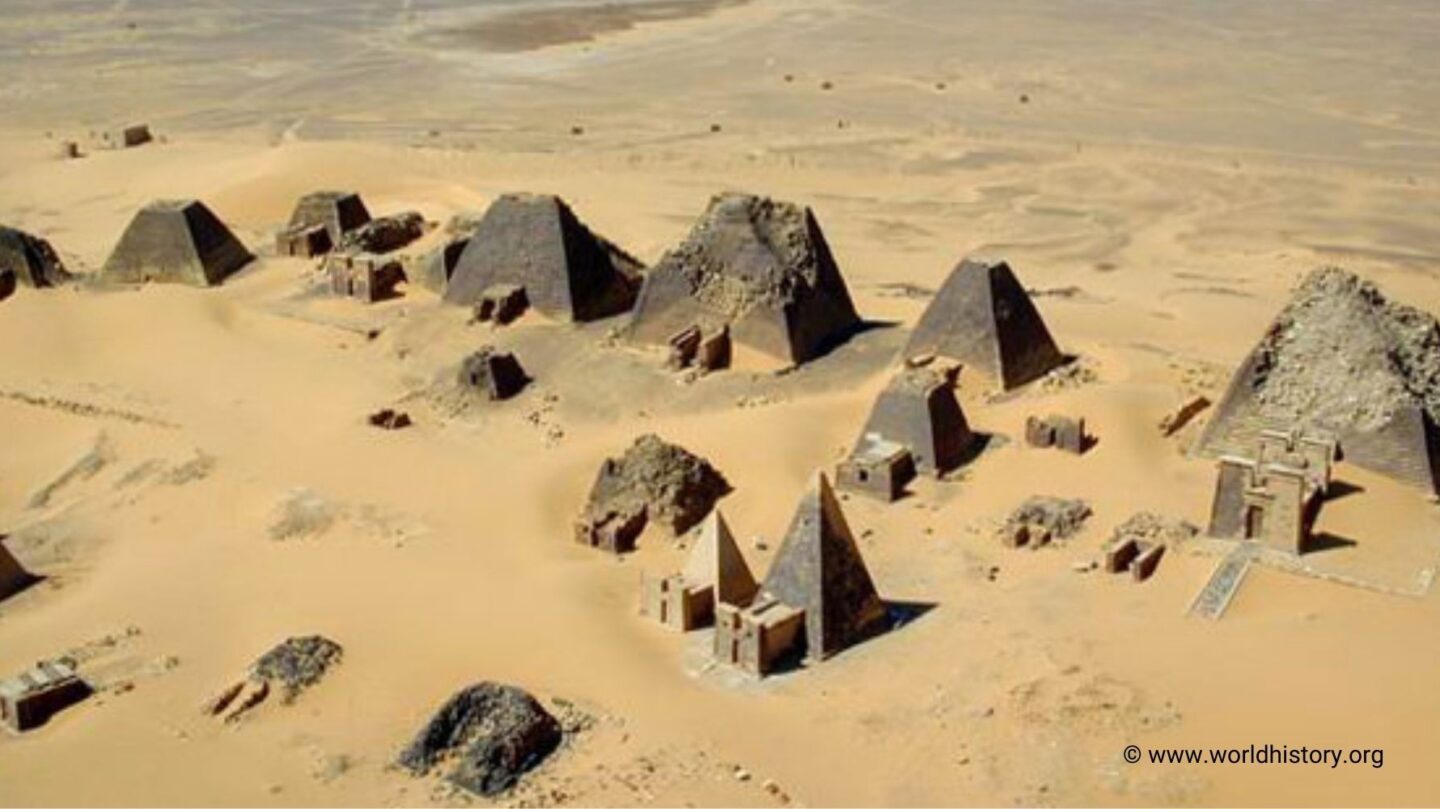A Kingdom in the Shadow of Egypt
The Kingdom of Nubia, located in the region now known as Sudan and southern Egypt, was one of the most powerful and influential civilizations of the ancient world. Often overshadowed by its northern neighbor, Egypt, Nubia thrived along the banks of the Nile River for thousands of years. Its history is marked by periods of rivalry, cultural exchange, and conquest, making it a significant player in the development of ancient African and Mediterranean civilizations.
Nubia was rich in natural resources, particularly gold, which earned it the nickname “The Land of Gold.” This wealth made it both an ally and a target of Egyptian pharaohs, who sought to control its lucrative trade routes and resources.
The Rise of the Kingdom of Kush
One of Nubia’s most prominent periods of power began with the rise of the Kingdom of Kush, which emerged around 1070 BCE after the collapse of the New Kingdom of Egypt. The Kushite kings established their capital at Napata, near modern-day Karima, and later moved it to Meroë, a city that became the heart of Nubian culture and power.
Kushite rulers adopted many aspects of Egyptian culture, including religion, art, and architecture. They built pyramids, practiced Egyptian burial rites, and worshipped similar gods, often blending them with their own deities. Despite these cultural similarities, Nubia maintained its distinct identity, creating unique art, pottery, and writing systems.
The Conquest of Egypt
In a surprising turn of events, the Kingdom of Kush became the conqueror rather than the conquered. In the 8th century BCE, Kushite king Piye led his armies north and seized control of Egypt, establishing the 25th Dynasty, known as the Kushite Dynasty. Under Piye and his successors, Egypt was united once again, and the Kushite pharaohs ruled for nearly a century.
During their reign, the Kushite rulers restored and expanded Egyptian temples, emphasizing religious devotion and cultural revival. They sought to integrate the traditions of both Nubia and Egypt, showcasing their dual heritage. However, their rule faced challenges from the Assyrians, who ultimately forced the Kushites to retreat back to Nubia.
The Golden Age of Meroë
After retreating from Egypt, the Kingdom of Kush entered its golden age, centered around the city of Meroë. This period, lasting from around 300 BCE to 300 CE, saw remarkable advancements in art, technology, and trade. Meroë became a hub of iron production, with extensive evidence of smelting and blacksmithing found at the site.
The Nubians developed a distinctive writing system known as Meroitic script, which remains only partially deciphered. They also built hundreds of smaller, steep-sided pyramids, which stand as a testament to their architectural ingenuity and their reverence for the afterlife.
Trade flourished during this time, with Meroë acting as a key link between sub-Saharan Africa and the Mediterranean world. Goods such as ivory, ebony, and exotic animals flowed through the kingdom, enriching its economy and extending its influence.
The Decline and Rediscovery of Nubia
The Kingdom of Kush began to decline in the 4th century CE, weakened by internal strife, environmental changes, and external pressures from emerging powers like the Axumite Kingdom. Eventually, Nubia faded from prominence, and its history was largely forgotten by the wider world.
Modern archaeological discoveries have reignited interest in Nubia, shedding light on its achievements and its complex relationship with Egypt. Sites like Meroë and Napata reveal a civilization that was not merely a shadow of Egypt but a rival and equal in many respects.
A Legacy Resurrected
Today, the legacy of Nubia is celebrated as an essential chapter in African history. Its influence on art, architecture, and politics demonstrates the interconnectedness of ancient civilizations. The story of Nubia is one of resilience, innovation, and cultural richness, reminding us that it was much more than a forgotten kingdom—it was a cornerstone of the ancient world.
